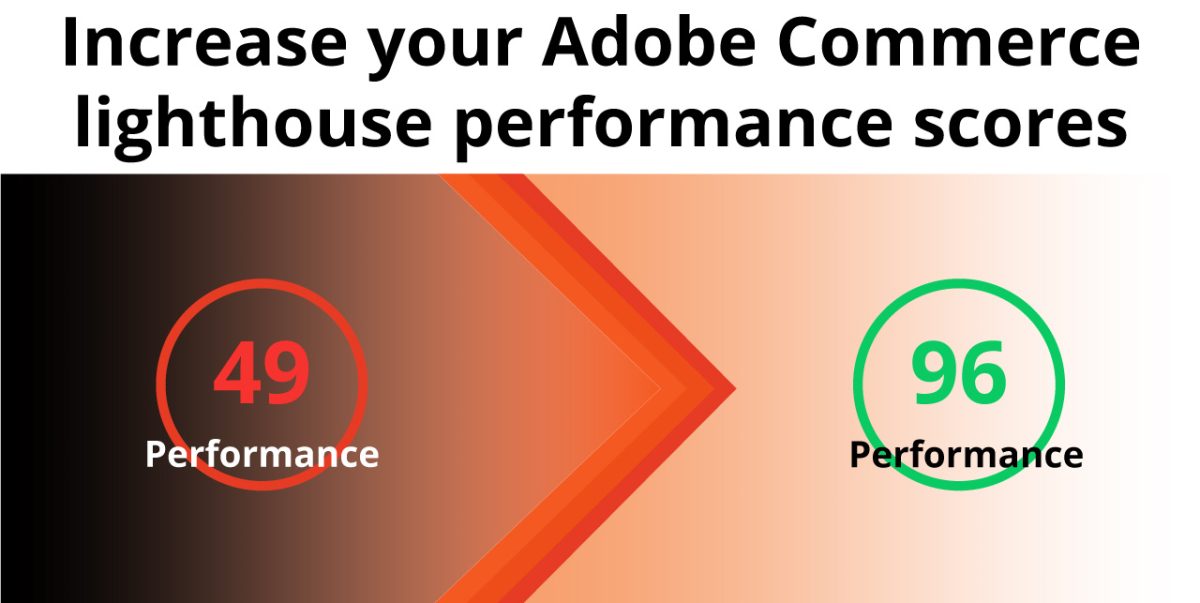

Magento 2, the next-generation version of the popular eCommerce platform, is a significant leap forward from its predecessor, Magento 1. While both versions share the same core philosophy of providing a feature-rich and customizable eCommerce solution, 2 brings numerous improvements and enhancements that cater to the evolving needs of online businesses.
One of the key differences between Magento 1 and 2 is performance. 2 is designed with performance optimization in mind, offering faster page loading times and improved overall site speed. The use of Full Page Cache (FPC) by default in 2 significantly reduces server response times, resulting in a smoother and more responsive user experience. Additionally, 2 introduces the latest PHP versions and other technologies, enabling better performance and scalability for handling large catalogs and high customer traffic.
Another notable difference lies in the backend architecture. Magento 2 adopts a more modern and modular architecture, making it easier for developers to customize and extend the platform. The adoption of PHP Composer simplifies dependency management, allowing for more straightforward installation and updates of extensions. This modular approach also enhances code maintainability, making it easier for developers to implement new features and improvements.
The user interface in 2 has undergone a significant overhaul, providing a more intuitive and user-friendly experience for administrators. The backend interface features a streamlined and responsive design, making it more accessible on various devices, including tablets and smartphones. The introduction of a drag-and-drop layout editor allows for easier content management and customization of storefronts, empowering businesses to create unique and engaging shopping experiences.
Magento 2 also introduces new and enhanced features that were not present in Magento 1. The platform includes improved product video support, enabling businesses to showcase their products more effectively. Additionally, Magento 2 offers better checkout functionality, with a one-page checkout option that simplifies the purchasing process and reduces cart abandonment rates. Furthermore, the introduction of the Magento Shipping and PayPal in-context checkout streamlines the checkout process, providing a smoother payment experience for customers.
When it comes to security, Magento 2 places a stronger emphasis on safeguarding the platform against potential vulnerabilities. The platform implements improved security protocols and practices, making it less susceptible to common security threats. Regular security updates and patches are also provided to keep the platform secure and up-to-date.
From a search engine optimization (SEO) perspective, Magento 2 provides better out-of-the-box SEO features, including improved URL structure and meta data management. This enhances website visibility in search engine results, contributing to higher organic traffic and improved search rankings.
Upgrading from Magento 1 to 2 may require effort and investment due to the differences in architecture and codebase. However, the benefits of moving to the latest version of Magento, such as improved performance, user experience, and security, make it a worthwhile transition for businesses seeking to stay competitive in the rapidly evolving eCommerce landscape.
In conclusion, Magento 2 represents a significant advancement over Magento 1, offering enhanced performance, scalability, and user experience. The platform’s modern architecture, improved backend interface, and new features make it a more robust and user-friendly eCommerce solution. As Magento continues to support and enhance Magento 2, businesses can take advantage of the platform’s capabilities to create engaging and successful online stores that cater to the demands of today’s digital-savvy consumers.